Nicotinamide riboside chloride
- CAS NO.:23111-00-4
- Empirical Formula: C11H15ClN2O5
- Molecular Weight: 290.7
- MDL number: MFCD27952781
- EINECS: 200-184-4
- SAFETY DATA SHEET (SDS)
- Update Date: 2025-03-06 08:32:39

What is Nicotinamide riboside chloride?
Description
Nicotinamide Riboside Chloride is the chloride salt form of nicotinamide riboside(NR).NR is a new form pyridine-nucleoside of vitamin B3 that functions as a precursor to nicotinamide adenine dinucleotide(NAD) or NAD+ . Nicotinamide riboside chloride is a crystal form of Nicotinamide riboside (NR) chloride. Nicotinamide riboside chloride increases NAD[+] levels and activates SIRT1 and SIRT3, culminating in enhanced oxidative metabolism and protection against high fat diet-induced metabolic abnormalities. Nicotinamide riboside chloride is used in dietary supplements.
History
Nicotinamide riboside (NR) was first described in 1944 as a growth factor, termed Factor V, for Haemophilus influenza, a bacterium that lives in and depends on blood. Factor V, purified from blood, was shown to exist in three forms: NAD+, NMN and NR. NR was the compound that led to the most rapid growth of this bacterium.Notably, H. influenza cannot grow on nicotinic acid, nicotinamide, tryptophan or aspartic acid, which were the previously known precursors of NAD+.
In 2000, yeast Sir2 was shown to be an NAD+-dependent protein lysine deacetylase, which led several research groups to probe yeast NAD+ metabolism for genes and enzymes that might regulate lifespan. Biosynthesis of NAD+ in yeast was thought to flow exclusively through NAMN (nicotinic acid mononucleotide).
When NAD+ synthase (glutamine-hydrolysing) was deleted from yeast cells, NR permitted yeast cells to grow. Thus, these Dartmouth College investigators proceeded to clone yeast and human nicotinamide riboside kinases and demonstrate the conversion of NR to NMN by nicotinamide riboside kinases in vitro and in vivo. They also demonstrated that NR is a natural product found in cow’s milk.
The Uses of Nicotinamide riboside chloride
Nicotinamide Riboside Chloride is a crystal form of Nicotinamide riboside (NR) chloride termed NIAGEN, generally recognized as safe (GRAS) for use in foods and in dietary supplements. Nicotinamide Riboside Chloride is a source of vitamin B3 (niacin) and enhances oxidative metabolism, protection against high fat diet-induced metabolic abnormalities. Nicotinamide riboside is a newly discovered NAD (NAD+) precursor vitamin.
The Uses of Nicotinamide riboside chloride
Nicotinamide riboside is involved in nicotinate and nicotinamide metabolism. Nicotinamide riboside was originally identified as a nutrient in milk and later discovered to be a NAD(+) precursor.
Nicotinamide riboside (NR) is a naturally occurring vitamin B-3 present in the human diet that acts as an NAD+ precursor and is suggested to improve mitochondrial function and insulin sensitivity. NR acts via activation of the NAD+-dependent sirtuin enzyme family, thereby regulating oxidative metabolism. In vitro experiments of NR supplementation have shown its successful NAD+-restoring capability and subsequent increased oxidative gene expression in skeletal muscle cells. Results from in vivo mouse models have shown improvements in insulin sensitivity and oxidative energy metabolism, including enhanced metabolic flexibility, increased aerobic exercise capacity, and indications of improved mitochondrial biogenesis.
Benefits
Taking nicotinamide riboside helps to increase low levels of NAD+. People use nicotinamide riboside for anti-aging, high cholesterol, high blood pressure, Alzheimer's disease, obesity and many other uses, but there is no good scientific evidence to support these uses.
Side Effects
Nicotinamide riboside chloride may be safe when taken orally up to 300 mg per day. It is well tolerated and side effects are usually mild and may include nausea, bloating and skin problems such as itching and sweating.
Benefits
Nicotinamide riboside chloride boosts levels of NAD+, which is linked to potential health benefits regarding aging, brain health, heart disease risk and more. People use nicotinamide riboside for anti-aging effects, high cholesterol, high blood pressure, Alzheimer disease, obesity, and many other purposes.
Benefits
The use of Nicotinamide riboside chloride brings four benefits. First, it can stimulate NAD+ metabolism. NAD+ deficiency is a common cause of aging and many diseases, and restoring NAD+ levels has great therapeutic and nutritional value. By increasing NAD+ levels, Nicotinamide riboside chloride benefits bodily functions such as metabolic regulation, energy storage, and DNA synthesis. Second, it can improve exercise performance. The use of nicotinamide nucleoside supplements may improve physical performance and reduce oxidative stress in older adults. Third, it can also boost cognitive health: as a NAD+ precursor, nicotinamide nucleosides protect brain cells from oxidative stress, which can lead to age-related brain diseases. NAD+ also increases the production of pgc-1-α, a protein that supports mitochondrial function and α reduces the incidence of cognitive dysfunction. Finally, it can reduce the risk of cardiovascular disease. Oral Nicotinamide riboside chloride can reduce systolic blood pressure and arterial stiffness. Both hypertension and arterial stiffness are strong predictors of cardiovascular disease, so oral administration of nicotinamide riboside may reduce the risk of associated morbidity and mortality.
Biological Functions
Nicotinamide riboside (NR) is a newly discovered form of vitamin B3 that is found naturally in trace amounts in milk. No one really thought much about NR until scientists discovered that our bodies can convert NR into something called nicotinamide adenine dinucleotide (NAD+). And NAD+—at least for healthy-aging researchers—is kind of a big deal.
NAD+ is a coenzyme found in all living cells, and it plays a vital role in energy metabolism and maintaining proper cell functioning. Levels of NAD+ also happen to decline significantly as we get older, and these declining levels apparently drive the aging process.
Biological Activity
Nicotinamide Riboside is an NAD+ precursor. It is a substrate for nicotinamide riboside kinases (NRK1/2). Nicotinamide Riboside shows neuroprotective effects in a mouse model of type 2 diabetes and improves mitochondrial function in muscle stem cells in aged mice. The compound also corrects non-alchoholic fatty liver disease phenotype induced by NAD+ deficiency or high-fat diet in mice. Orally bioavailable.
Side Effects
Side effects of Nicotinamide riboside chloride are usually mild and might include nausea, fatigue, headaches, diarrhea, stomach upset and indigestion.
in vitro
Nicotinamide Riboside supplementation increases NAD+ content and sirtuin activity in cultured mammalian cells.
in vivo
Nicotinamide Riboside, a precursor to nicotinamide adenine dinucleotide(NAD), restores tissue NAD+ depletion induced by acute kidney injury (AKI) to that of the sham group, increases autophagy and sirtuin1 (Sirt1).
storage
Store at -20°C
Properties of Nicotinamide riboside chloride
| storage temp. | under inert gas (nitrogen or Argon) at 2-8°C |
| solubility | Soluble to 100 mM in DMSO and to 100 mM in water |
| color | White |
| Stability: | Hygroscopic |
| InChI | InChI=1/C11H14N2O5.ClH/c12-10(17)6-2-1-3-13(4-6)11-9(16)8(15)7(5-14)18-11;/h1-4,7-9,11,14-16H,5H2,(H-,12,17);1H/t7-,8-,9-,11-;/s3 |
Safety information for Nicotinamide riboside chloride
| Signal word | Warning |
| Pictogram(s) |
 Exclamation Mark Irritant GHS07 |
| GHS Hazard Statements |
H315:Skin corrosion/irritation H319:Serious eye damage/eye irritation H335:Specific target organ toxicity, single exposure;Respiratory tract irritation |
| Precautionary Statement Codes |
P261:Avoid breathing dust/fume/gas/mist/vapours/spray. P271:Use only outdoors or in a well-ventilated area. P280:Wear protective gloves/protective clothing/eye protection/face protection. |
Computed Descriptors for Nicotinamide riboside chloride
| InChIKey | YABIFCKURFRPPO-TUHHAUDNNA-N |
| SMILES | O[C@@H]1[C@@H]([C@@H](CO)O[C@H]1[N+]1=CC=CC(C(=O)N)=C1)O.[Cl-] |&1:1,2,3,7,r| |
New Products
3-(hexyloxy)-4-(pyridin-3-yl)-1,2,5-thiadiazole 3-Pyridineacetonitrile, α-hydroxy- 2-Propanamine, 1-chloro-, hydrochloride (9CI) 3-Iodophenylacetic acid Cyclohexane, (2-propynyloxy)- (S)-1-Boc-3-methanesulfonyloxy-pyrrolidine Pivalic anhydride,98% Phenylmethanesulfonyl fluoride, 98% Glyoxylic acid solution, 50% in water tert-Butyl glycinate,97% 4-Ethoxybenzoic acid, 99% Sodium 1-octanesulfonate monohydrate 7-Ethyl Tryptophol 2-AMINO-3,5-DIBROMO BENZALDEHYDE [ADBA] L-Glutamic Acid Dimethyl Ester Hcl N, N-Carbonyldiimidazole (CDI) 5-Cyanophthalide 10-Methoxy-5H-dibenz[b,f]azepine 3-Methoxybenzonitrile Dibenzoyl Peroxide 4-Methoxybenzonitrile Titanium Dioxide Chloral PentachlorobenzonitrileRelated products of tetrahydrofuran


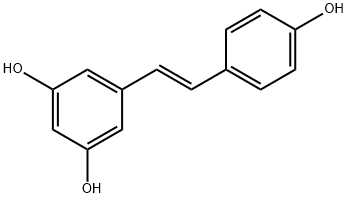
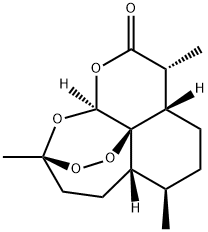



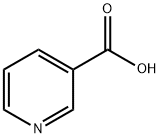
You may like
-
 23111-00-4 NR-CL 70% 98%View Details
23111-00-4 NR-CL 70% 98%View Details
23111-00-4 -
 Nicotinamide riboside chloride CAS 23111-00-4View Details
Nicotinamide riboside chloride CAS 23111-00-4View Details
23111-00-4 -
 Avibactam INT 1View Details
Avibactam INT 1View Details
1416134-48-9 -
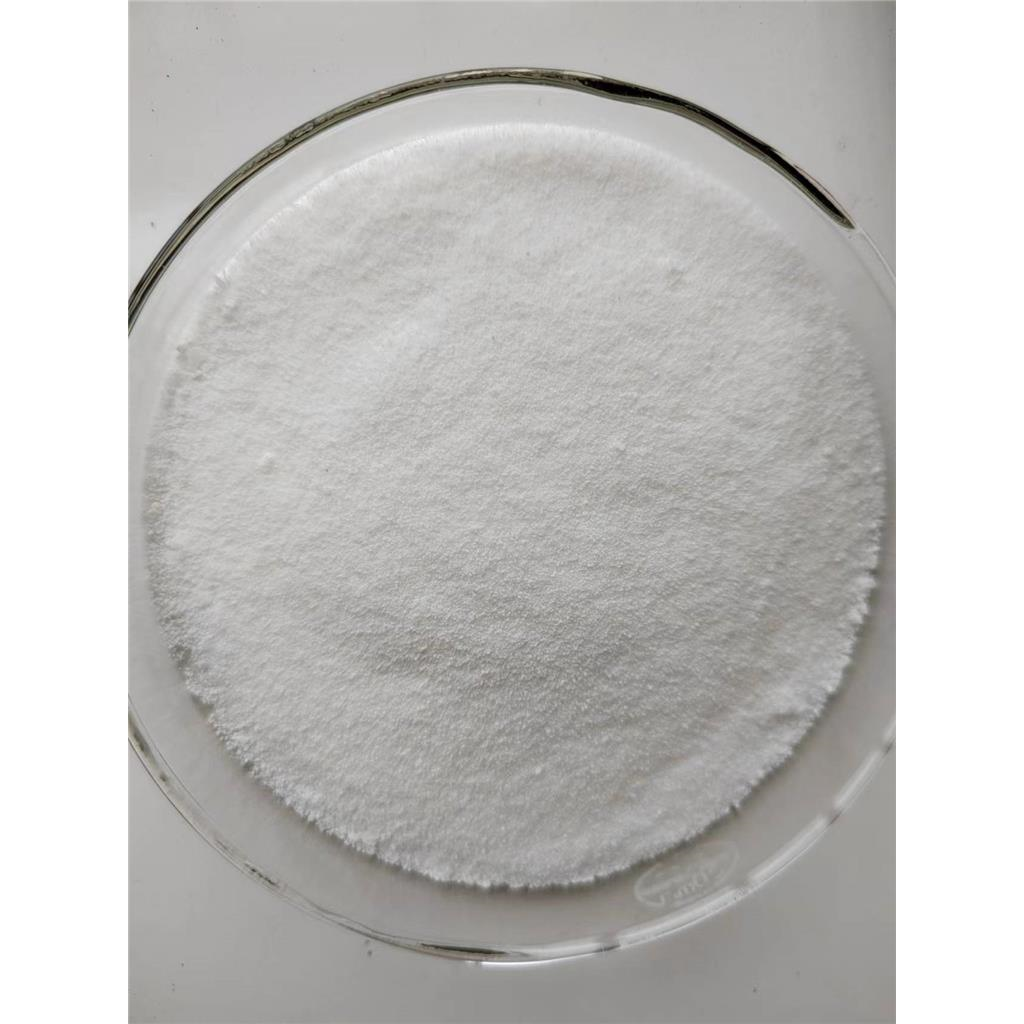 Avibactam sodium seriesView Details
Avibactam sodium seriesView Details
1192651-49-2 -
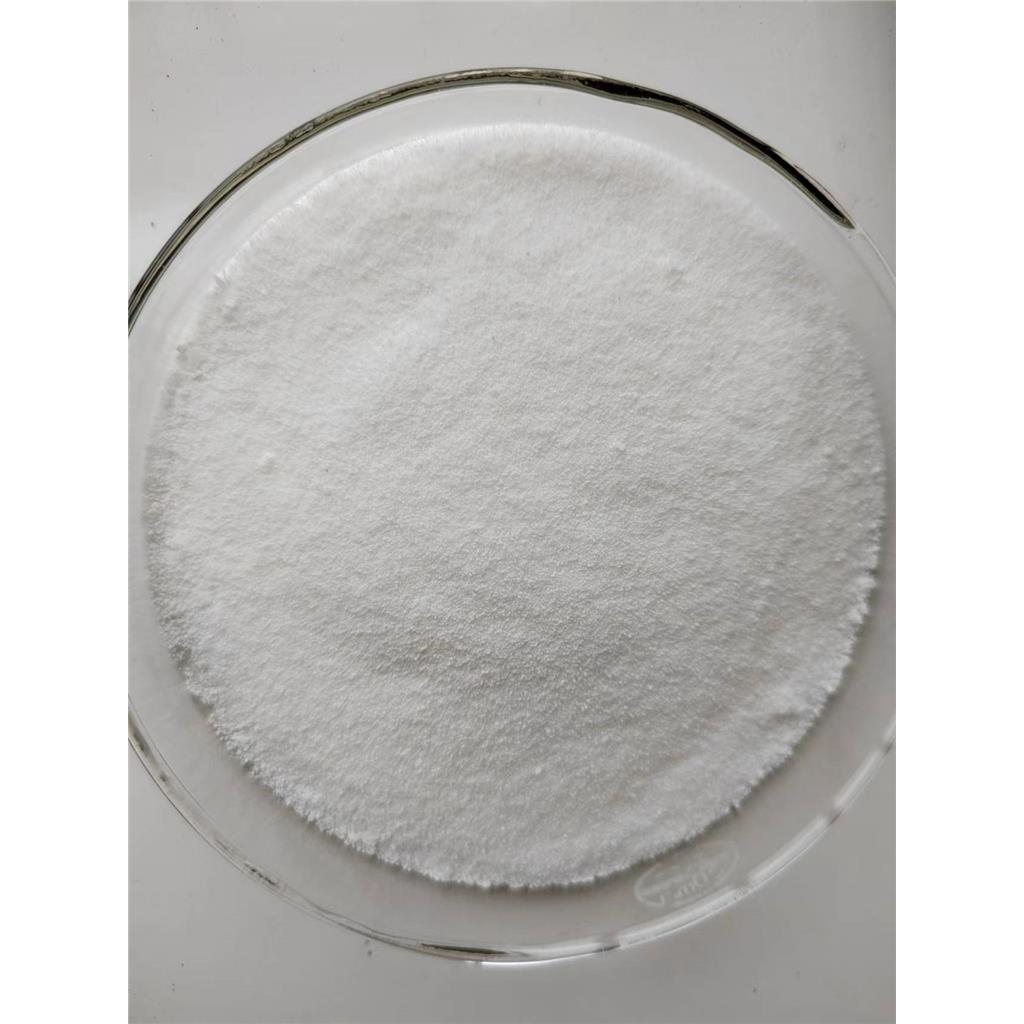 Avibactam seriesView Details
Avibactam seriesView Details
1192651-80-1 -
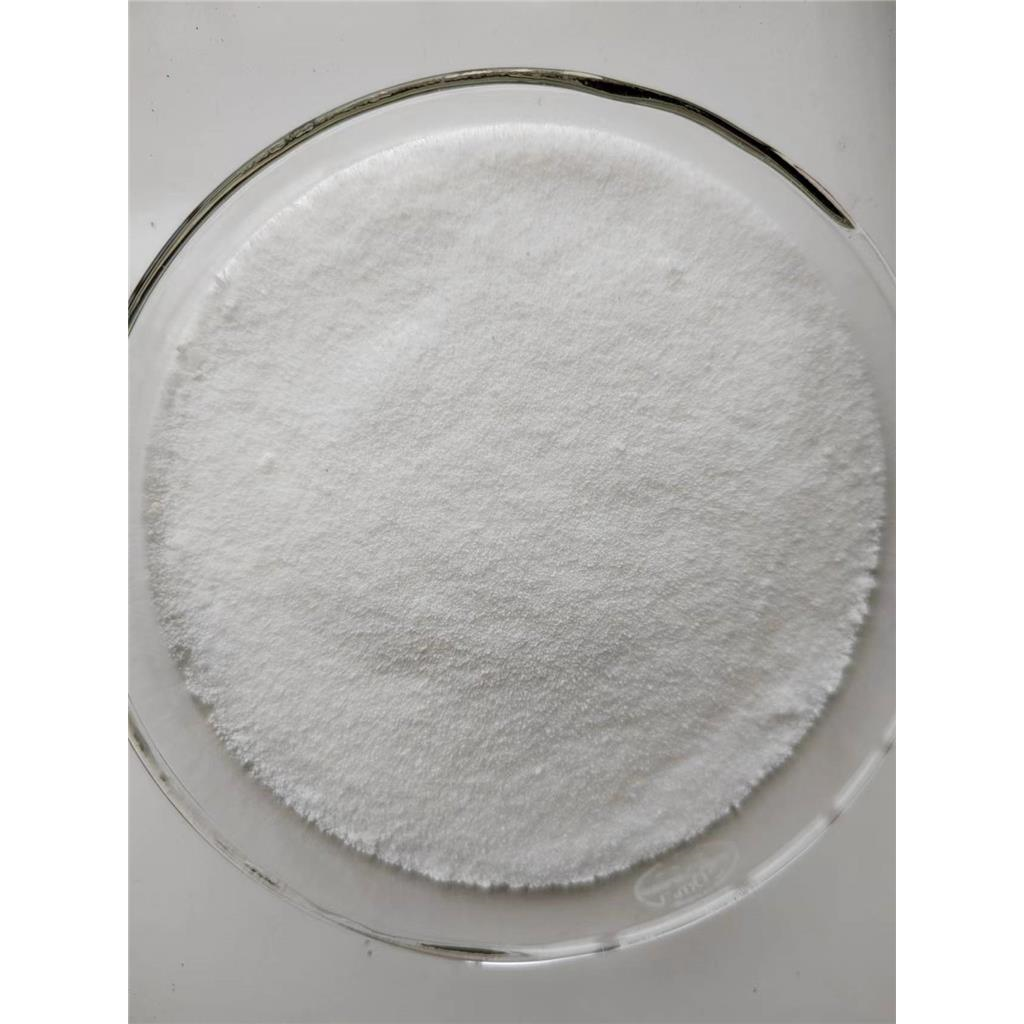 Avibactam Sodium SaltView Details
Avibactam Sodium SaltView Details
1192491-61-4 -
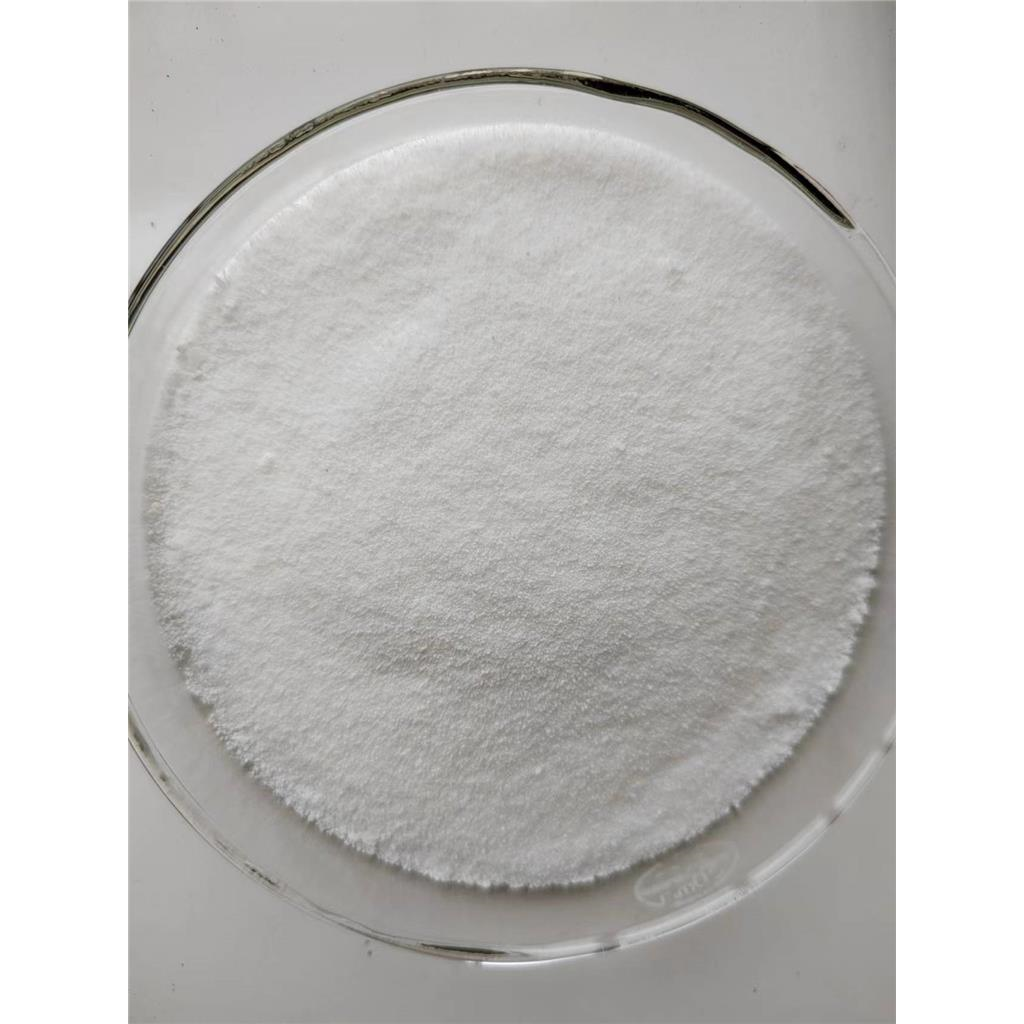 Avibactam intermediateView Details
Avibactam intermediateView Details
1171080-45-7 -
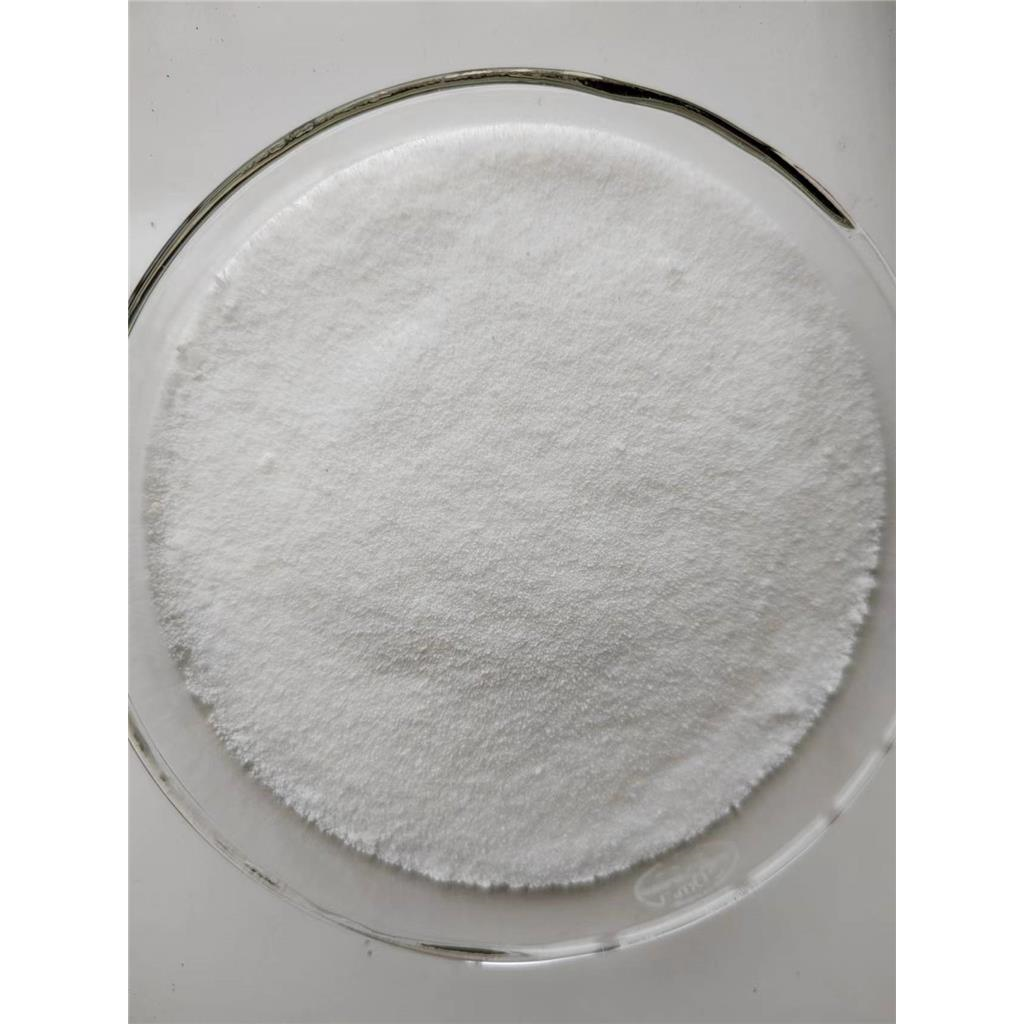 Relibatan intermediateView Details
Relibatan intermediateView Details
1416134-63-8
